An independent archive of typography.
Made possible by sponsors like Mark Simonson.
Sign in to participate.
Topics▼ |
Formats▼ |
Typefaces▼ |

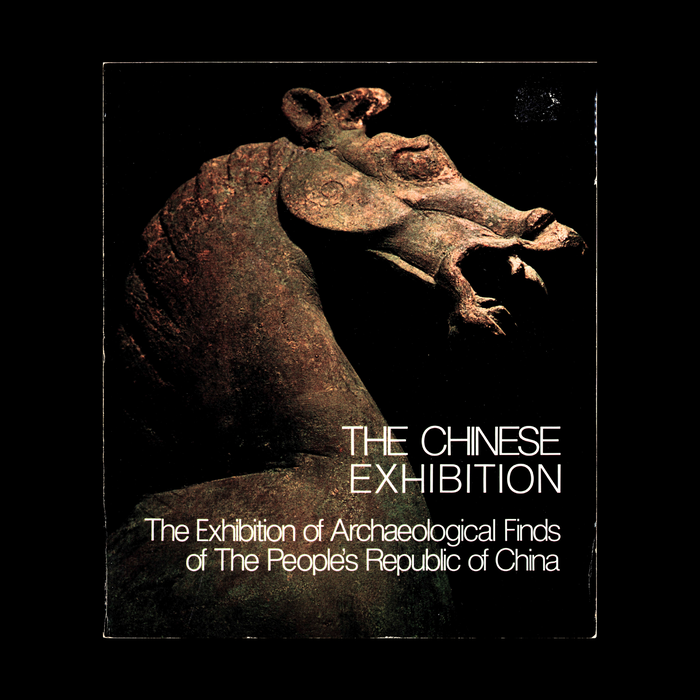

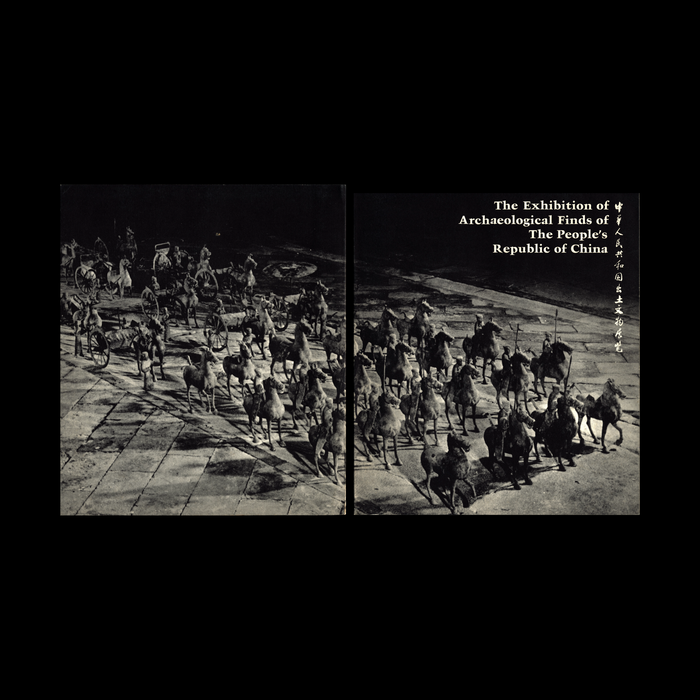
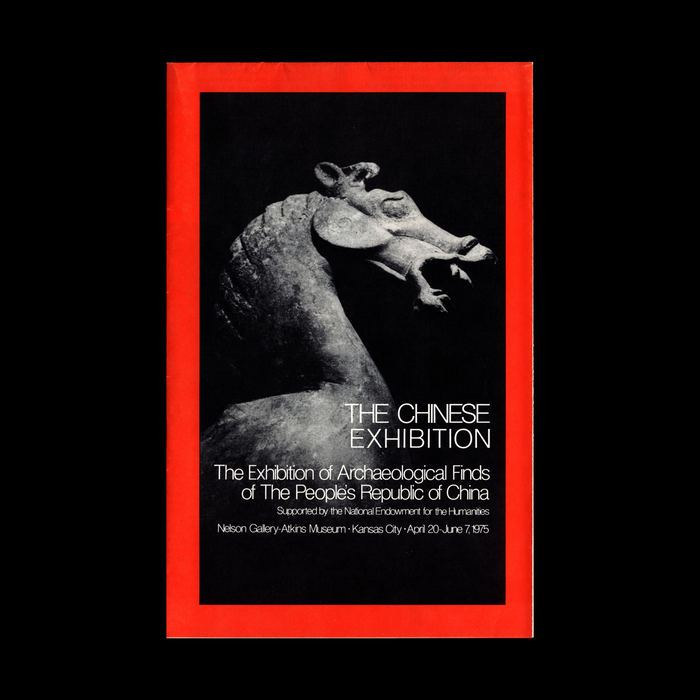
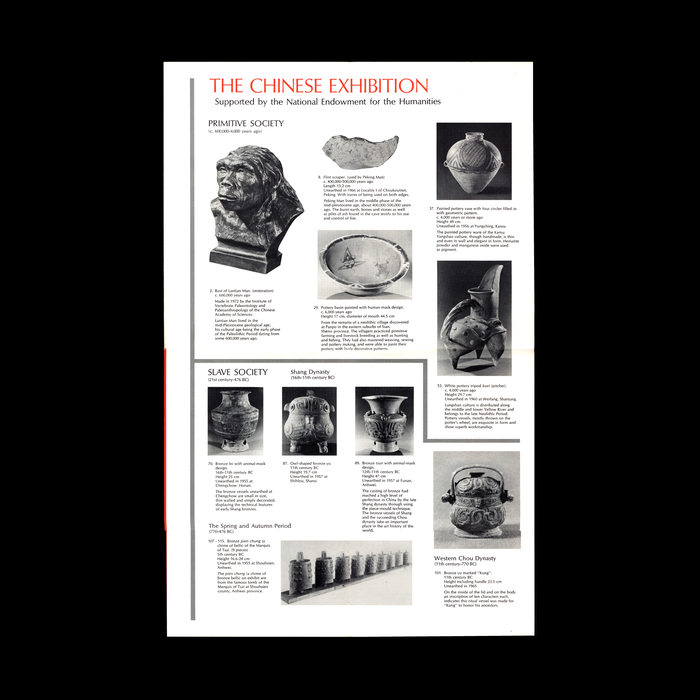



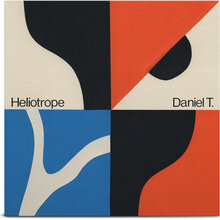
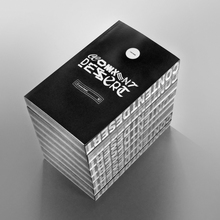



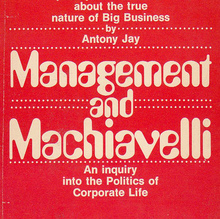















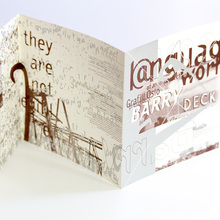



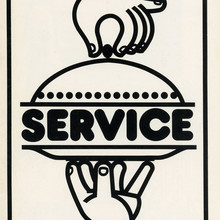






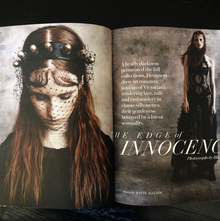










4 Comments on “The Chinese Exhibition”
Why do you think the crossbars of cap E and F in the u/lc subtitle on the cover are so much shorter than the E’s in the all-cap title? Could the designer have shortened them with an X-acto?
Good eye, Chris! Yes, this looks like a customization. As for the motivation, Helvetica’s caps are relatively wide, and I can see why one would want to make them narrower in mixed case and reduce the contained whitespace, especially with this tight-not-touching treatment. Trimming is easy with the straight lines of E and F; less so with R or C.
Ezra & Florian,
I am a volunteer in the Nelson-Atkins Museum Archive, so I was able to find out the name of the designer, Richard A. Anderson. No idea if he was a local designer or not.
The type house is no longer in business, of course. The printer & binder, Burd & Fletcher, now produces food packaging.
Oh wow! Thanks so much for digging into this, Chris! Much appreciated. I’ve added the design credits.